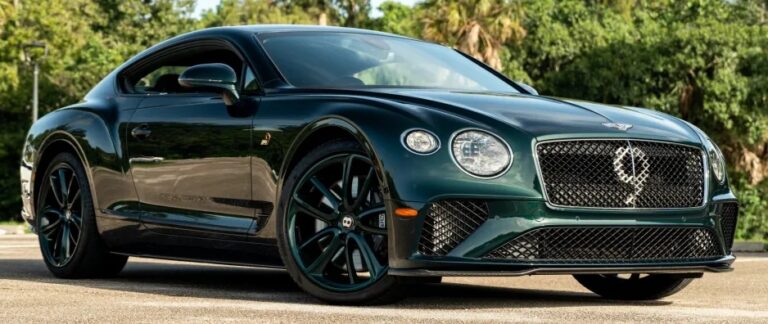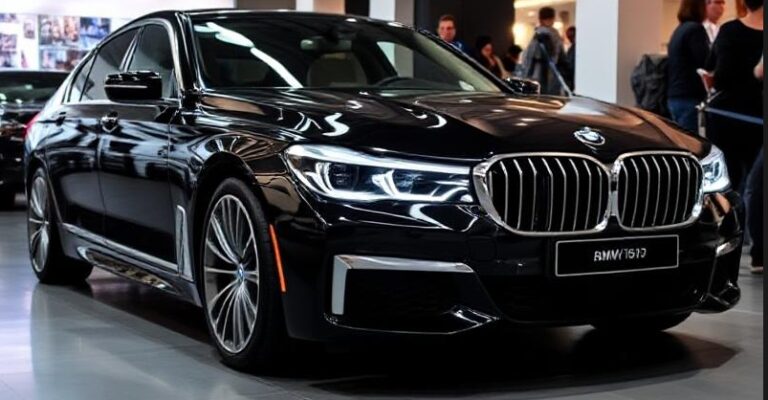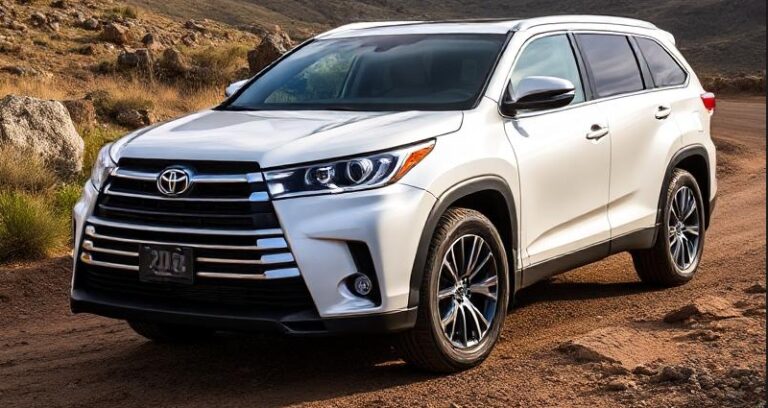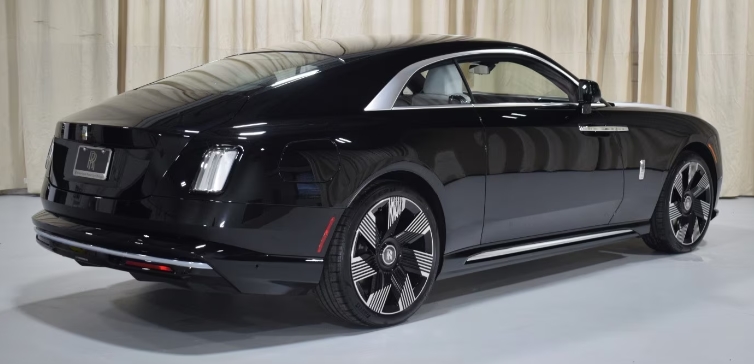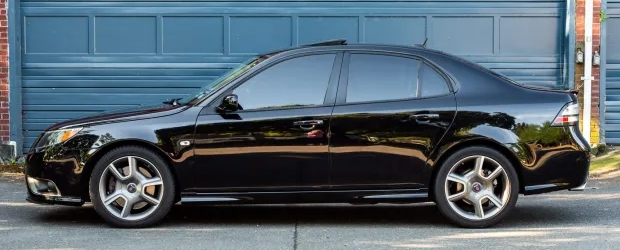The Evolution of the Suzuki Ignis
The Suzuki Ignis stands as a distinctive compact crossover SUV that has carved its niche in the global automotive market since its inception. Known for its quirky design, urban versatility, and practicality, the Ignis has undergone significant transformations over the decades. This article explores the evolution of the Suzuki Ignis, detailing its production timeline, model variations, and trim levels across generations.
First Generation (Super Carry and JDM Models): 2000–2008
Introduction and Early Models (2000-2003):
The Suzuki Ignis nameplate was first introduced in Japan in 2000, although it was based on Suzuki’s kei car platform, primarily aimed at the Japanese domestic market (JDM). It was originally marketed as the Suzuki Super Carry, a small van and pickup, but the Ignis name was used for a compact hatchback variant in some markets.
Global Market Launch (2003):
In 2003, Suzuki officially launched the first-generation Ignis as a global model, primarily targeting European, Asian, and other markets. The first-generation Ignis was characterized by its boxy, utilitarian design, compact dimensions, and a focus on urban mobility.
Design and Features:
- Design: Tall and narrow profile with a high roofline, emphasizing interior space.
- Engines: Initially offered with 1.3-liter and 1.5-liter gasoline engines.
- Transmission: 5-speed manual or 4-speed automatic.
- Trim Levels (varied by market): Basic, GL, GLX, with some markets offering sportier trims.
Market-specific Variants:
- In Japan, the Ignis was available with kei car specifications, including smaller engines (660cc).
- In Europe, the Ignis gained popularity as a practical city car with minimal trims.
Production Run: 2003–2008
Second Generation (Note: The Ignis Nameplate was Discontinued in Some Markets): 2008–2016
Discontinuation and Revival:
In many markets, Suzuki discontinued the Ignis after 2008, replacing it with more conventional small cars like the Suzuki Swift. However, the Ignis nameplate persisted in certain regions, notably India and some Asian markets, where Suzuki continued to develop and sell the vehicle under different specifications.
Revived Model (2016):
The second-generation Ignis was reintroduced in 2016, marking a significant departure from its predecessor by adopting a more modern, stylish, and compact crossover design.
Design and Features (2016–Present):
- Design: Bold, youthful styling with a distinctive, boxy silhouette, high ground clearance, and a crossover aesthetic.
- Platforms: Based on Suzuki’s lightweight HEARTECT platform.
- Engines: 1.2-liter four-cylinder petrol engine (K-Series) paired with Smart Hybrid Technology in some markets.
- Transmission: 5-speed manual or CVT.
Trim Levels and Markets:
- India (Maruti Suzuki):
- LXi: Base trim with manual transmission.
- VXi: Mid-range with additional comfort features.
- ZX: Top variant with alloy wheels, touchscreen infotainment, and safety features.
- Limited editions: Occasionally released with special styling or features.
- Europe (Suzuki Europe):
- SZ3: Entry level with basic features.
- SZ-T: Mid-range with added comfort and tech.
- SZ5: Top-tier with premium features, alloy wheels, and advanced safety.
- Japan (Suzuki Japan):
- Offered mainly in hybrid variants with special trims.
Special Editions:
Throughout its second-generation run, Suzuki released several special editions, such as the “Ignis X-ite” in India, aimed at younger consumers with unique styling elements.
Production and Market Presence:
The second-generation Suzuki Ignis has been produced and sold globally, with significant markets including India, Europe, and Japan. It continues to be appreciated for its compact size, affordability, and customizable options.
Key Features Throughout the Evolution:
- Design Philosophy: From utilitarian in the first generation to stylish and urban-focused in the second.
- Powertrain Options: Transitioned from basic petrol engines to hybrid technology in newer models.
- Safety and Tech: Modern trims incorporate features like ABS, EBD, airbags, touchscreen infotainment systems, and advanced driver-assistance systems in top trims.
- Customization: Especially in the second generation, Suzuki offered a variety of accessories and color options to appeal to younger buyers.
Recent Developments (2020s):
In the latest iteration, Suzuki has focused on enhancing the Ignis’s appeal through improved safety features, more efficient hybrid powertrains, and modern infotainment systems. The 2020 facelift introduced subtle design updates, new color options, and additional safety features like lane departure warning and autonomous emergency braking in higher trims.
.
THIS might be a great place to get your new car from!
Or for those who are into the “car flipping” business, here’s an excellent resource for you!

.
Summary of Production Timeline and Models
| Year Range | Generation | Notable Models / Trims | Key Features |
|---|---|---|---|
| 2000–2008 | 1st Gen | Super Carry (Japan), Basic trims | Boxy design, kei car variants, 1.3L/1.5L engines |
| 2008–2016 | Discontinued in many markets | N/A | Limited market presence, mainly in Asia |
| 2016–Present | 2nd Gen | LXi, VXi, ZX (India); SZ3, SZ-T, SZ5 (Europe) | Crossover styling, hybrid options, modern tech |
Conclusion
The Suzuki Ignis has evolved from a practical, utilitarian kei car and compact hatchback into a modern, stylish crossover that appeals to urban drivers worldwide. Its distinctive design, adaptability, and affordability have ensured its continued relevance across different markets for over two decades. The ongoing updates and special editions underscore Suzuki’s commitment to maintaining the Ignis’s appeal as a versatile city car with a youthful spirit.



